Home>Gardening & Outdoor>Landscaping Ideas>What Is The Best Type Of Grass For A Lawn
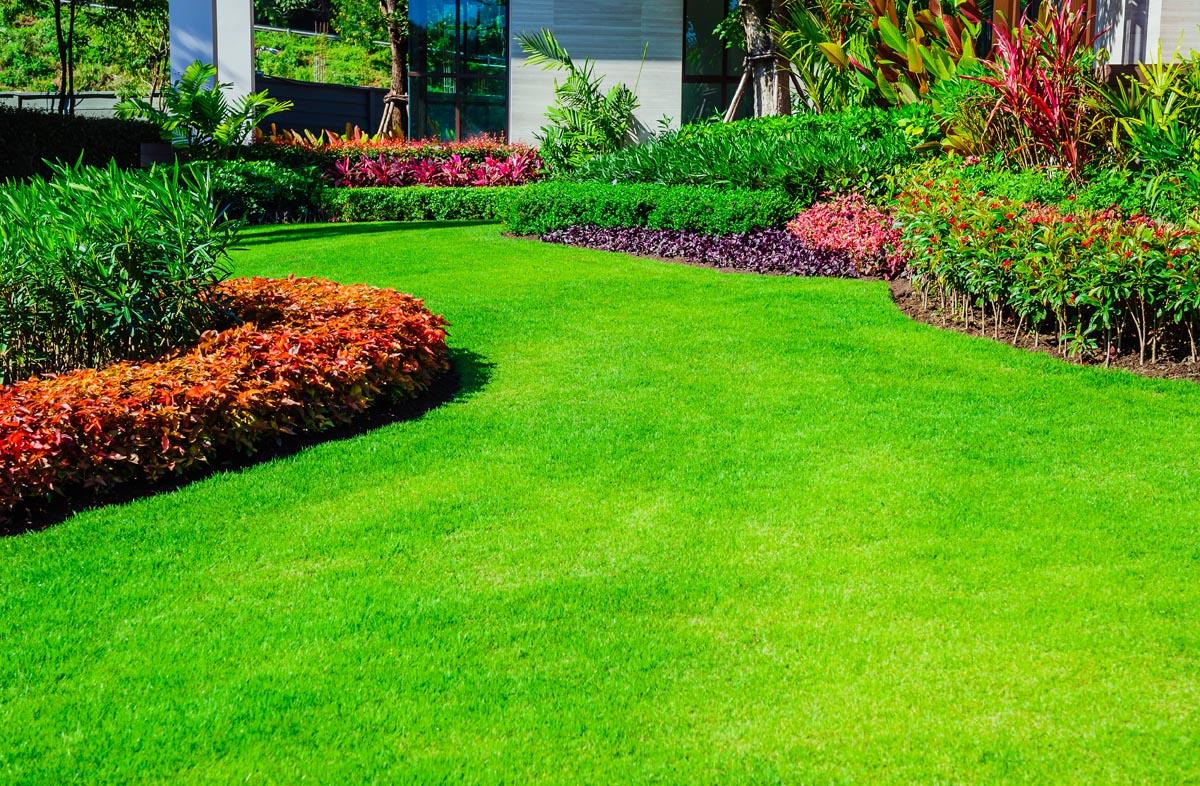

Landscaping Ideas
What Is The Best Type Of Grass For A Lawn
Published: January 27, 2024
Discover the best type of grass for your lawn with our expert landscaping ideas. Find the perfect solution for a lush and healthy yard.
(Many of the links in this article redirect to a specific reviewed product. Your purchase of these products through affiliate links helps to generate commission for Storables.com, at no extra cost. Learn more)
Introduction
Welcome to the world of landscaping and lawn care! A beautiful, lush green lawn is the pride of any homeowner, and selecting the best type of grass is crucial for achieving this goal. The type of grass you choose for your lawn can significantly impact its appearance, maintenance requirements, and overall health. Understanding the different types of grasses available and their specific characteristics is essential for making an informed decision.
In this comprehensive guide, we will explore the various factors to consider when choosing the best type of grass for your lawn. Whether you reside in a region with cool-season, warm-season, or transitional climate, there’s a perfect grass variety to suit your needs. By the end of this article, you will have a clear understanding of the best grass options for your specific location, enabling you to create a vibrant and resilient lawn that enhances the beauty of your outdoor space.
Key Takeaways:
- Choose the right grass for your lawn based on climate, soil, sunlight, maintenance, foot traffic, and disease resistance. Cool-season, warm-season, and transition zone grasses offer options for vibrant and resilient lawns.
- Understanding the unique characteristics of each grass type and their suitability to your region’s climate is essential for creating a lush, healthy, and visually appealing lawn. Embrace the diversity of grass options to transform your outdoor space.
Read more: What Type Of Compost Is Best For Lawns
Factors to Consider
When selecting the best type of grass for your lawn, several crucial factors should influence your decision. Understanding these considerations will help you make an informed choice that aligns with your specific needs and the environmental conditions in your area.
Climate: The climate of your region plays a significant role in determining the most suitable grass type for your lawn. Consider whether you live in a cool-season, warm-season, or transitional zone, as this will dictate the optimal grass varieties for your area.
Soil Type: Different grass species thrive in specific soil conditions. Assess the composition of your soil, including its drainage capabilities, pH levels, and nutrient content. This information will guide you in selecting a grass variety that can flourish in your soil type.
Shade and Sunlight: Evaluate the amount of sunlight and shade present in your yard. Some grasses excel in full sunlight, while others are more shade-tolerant. Understanding the light patterns in your lawn will help you choose a grass type that can thrive in the available conditions.
Maintenance Requirements: Consider the level of maintenance you are willing to commit to your lawn. Some grasses demand frequent mowing, fertilization, and irrigation, while others are more low-maintenance. Assess your availability for lawn care tasks to select a grass variety that aligns with your maintenance preferences.
Foot Traffic: Determine the amount of foot traffic your lawn typically experiences. If you have children or pets who frequently play in the yard, opt for a durable grass type that can withstand heavy use without deteriorating.
Disease Resistance: Some grass varieties exhibit enhanced resistance to common lawn diseases. If disease prevention is a priority for you, consider selecting a grass type known for its resilience against prevalent turf diseases in your area.
By carefully considering these factors, you can narrow down the options and choose the best type of grass that will thrive in your specific environment and meet your lawn care preferences. Next, we will delve into the characteristics of cool-season grasses, ideal for regions with cooler climates and distinct seasonal changes.
Cool-Season Grasses
Cool-season grasses are well-suited for regions characterized by moderate summers and cold winters. These grass varieties thrive in areas with temperatures that typically range from 60°F to 75°F, making them ideal for northern regions and higher elevations. When selecting cool-season grasses for your lawn, consider the following popular options:
- Kentucky Bluegrass: Known for its lush, dark green color and fine texture, Kentucky bluegrass is a popular choice for cool-season lawns. It establishes a dense, uniform turf and exhibits excellent tolerance to cold temperatures.
- Fescue (Tall Fescue, Fine Fescue): Fescue grass varieties are valued for their shade tolerance and adaptability to a wide range of soil types. Tall fescue is particularly resilient and can withstand moderate foot traffic, making it suitable for lawns with active use.
- Perennial Ryegrass: Perennial ryegrass is prized for its rapid germination and establishment, making it an excellent choice for overseeding and quick lawn establishment. It boasts a vibrant green color and is known for its ability to recover quickly from damage.
Cool-season grasses offer the advantage of thriving in cooler climates and maintaining their vibrant green color during the spring and fall seasons. However, they may experience dormancy or browning during hot summer months, especially in regions with scorching temperatures. If you reside in a cool-season climate, these grass varieties are excellent choices for creating a resilient and visually appealing lawn.
Understanding the unique characteristics of cool-season grasses allows you to make an informed decision when choosing the best type of grass for your lawn. Next, we will explore warm-season grasses, which are well-suited for regions with hot summers and mild winters, offering different advantages and considerations for lawn care.
Consider the climate and soil conditions in your area when choosing grass for your lawn. Cool-season grasses like Kentucky bluegrass and fescue are best for northern regions, while warm-season grasses like Bermuda and zoysia thrive in the south.
Warm-Season Grasses
Warm-season grasses are best suited for regions with hot summers and mild winters, thriving in temperatures ranging from 80°F to 95°F. These grass varieties are well-adapted to southern regions and coastal areas with tropical and subtropical climates. When selecting warm-season grasses for your lawn, consider the following popular options:
- Bermuda Grass: Known for its exceptional heat tolerance and rapid growth, Bermuda grass is a popular choice for warm-season lawns. It forms a dense, resilient turf and exhibits excellent drought resistance, making it suitable for arid and sunny environments.
- Zoysia Grass: Zoysia grass varieties are valued for their dense growth and tolerance to foot traffic. They thrive in full sunlight and exhibit excellent heat and drought tolerance, making them ideal for lawns in hot, sunny climates.
- Centipede Grass: Centipede grass is prized for its low-maintenance requirements and ability to thrive in acidic soils. It boasts a vibrant green color and requires minimal fertilization, making it an excellent choice for homeowners seeking a low-maintenance lawn option.
Warm-season grasses offer the advantage of maintaining their vibrant green color and lush growth during the hot summer months, providing an aesthetically pleasing lawn throughout the peak growing season. However, they may experience dormancy or browning during the cooler winter months, especially in regions with frost or freezing temperatures. If you reside in a warm-season climate, these grass varieties are excellent choices for creating a resilient and visually appealing lawn.
Understanding the unique characteristics of warm-season grasses allows you to make an informed decision when choosing the best type of grass for your lawn. Next, we will explore transition zone grasses, which are suitable for regions with fluctuating temperatures and varying climate conditions, offering a versatile and adaptable option for homeowners in these areas.
Transition Zone Grasses
In the transition zone, homeowners encounter a diverse range of climate conditions, including both warm summers and cold winters. This transitional climate presents unique challenges for maintaining a healthy and vibrant lawn. When selecting grass varieties for the transition zone, it’s essential to choose options that can withstand both heat and cold stress, offering versatility and adaptability. Consider the following popular grass types suitable for the transition zone:
- Tall Fescue: Tall fescue is well-suited for the transition zone, offering excellent heat tolerance and the ability to withstand cold temperatures. It forms a deep root system, making it resilient during periods of drought and heat stress, while also exhibiting good cold hardiness.
- Buffalograss: Buffalograss is a warm-season grass that can thrive in the transition zone, offering exceptional drought tolerance and low water requirements. It can also withstand colder temperatures, making it a versatile option for homeowners in areas with fluctuating climate conditions.
- Bluegrass Blend: A blend of Kentucky bluegrass and fine fescue can provide a versatile lawn option for the transition zone. This combination offers the cold tolerance of Kentucky bluegrass and the heat resistance of fine fescue, creating a resilient and adaptable turf.
Transition zone grasses offer the advantage of adaptability to fluctuating climate conditions, allowing homeowners to maintain a green and healthy lawn throughout the changing seasons. By selecting grass varieties that can withstand both heat and cold stress, homeowners in the transition zone can enjoy a vibrant and resilient lawn year-round.
Understanding the unique characteristics of transition zone grasses allows you to make an informed decision when choosing the best type of grass for your lawn. Whether you experience varying climate conditions, extreme temperatures, or fluctuating weather patterns, there are grass varieties specifically suited to thrive in the transition zone.
Read more: What Type Of Clover Is Best For Lawns
Conclusion
Choosing the best type of grass for your lawn is a decision that significantly impacts the overall health, appearance, and maintenance requirements of your outdoor space. By considering factors such as climate, soil type, sunlight exposure, maintenance preferences, foot traffic, and disease resistance, homeowners can make informed choices that align with their specific needs and environmental conditions.
Whether you reside in a cool-season, warm-season, or transitional zone, there are grass varieties tailored to thrive in your specific climate. Cool-season grasses, including Kentucky bluegrass, fescue, and perennial ryegrass, offer vibrant greenery during the spring and fall seasons, while warm-season grasses such as Bermuda grass, zoysia grass, and centipede grass excel in hot summer conditions, providing lush growth and heat tolerance. For homeowners in the transition zone, grass types like tall fescue, buffalograss, and bluegrass blends offer adaptability to fluctuating climate conditions, ensuring a resilient and versatile lawn year-round.
By understanding the unique characteristics of each grass type and their suitability to your region’s climate, you can create a vibrant and resilient lawn that enhances the beauty of your outdoor space. Whether you prioritize cold tolerance, heat resistance, or adaptability to fluctuating temperatures, there is a perfect grass variety to meet your specific lawn care needs.
Ultimately, selecting the best type of grass for your lawn involves a thoughtful consideration of various factors, leading to a well-informed decision that aligns with your preferences and the environmental conditions in your area. With the right grass variety in place, you can enjoy a lush, healthy, and visually appealing lawn that serves as a welcoming oasis for relaxation and outdoor activities.
Embrace the diversity of grass options available, and take the first step towards transforming your outdoor space into a thriving and beautiful landscape that brings joy and tranquility to your home.
Frequently Asked Questions about What Is The Best Type Of Grass For A Lawn
Was this page helpful?
At Storables.com, we guarantee accurate and reliable information. Our content, validated by Expert Board Contributors, is crafted following stringent Editorial Policies. We're committed to providing you with well-researched, expert-backed insights for all your informational needs.

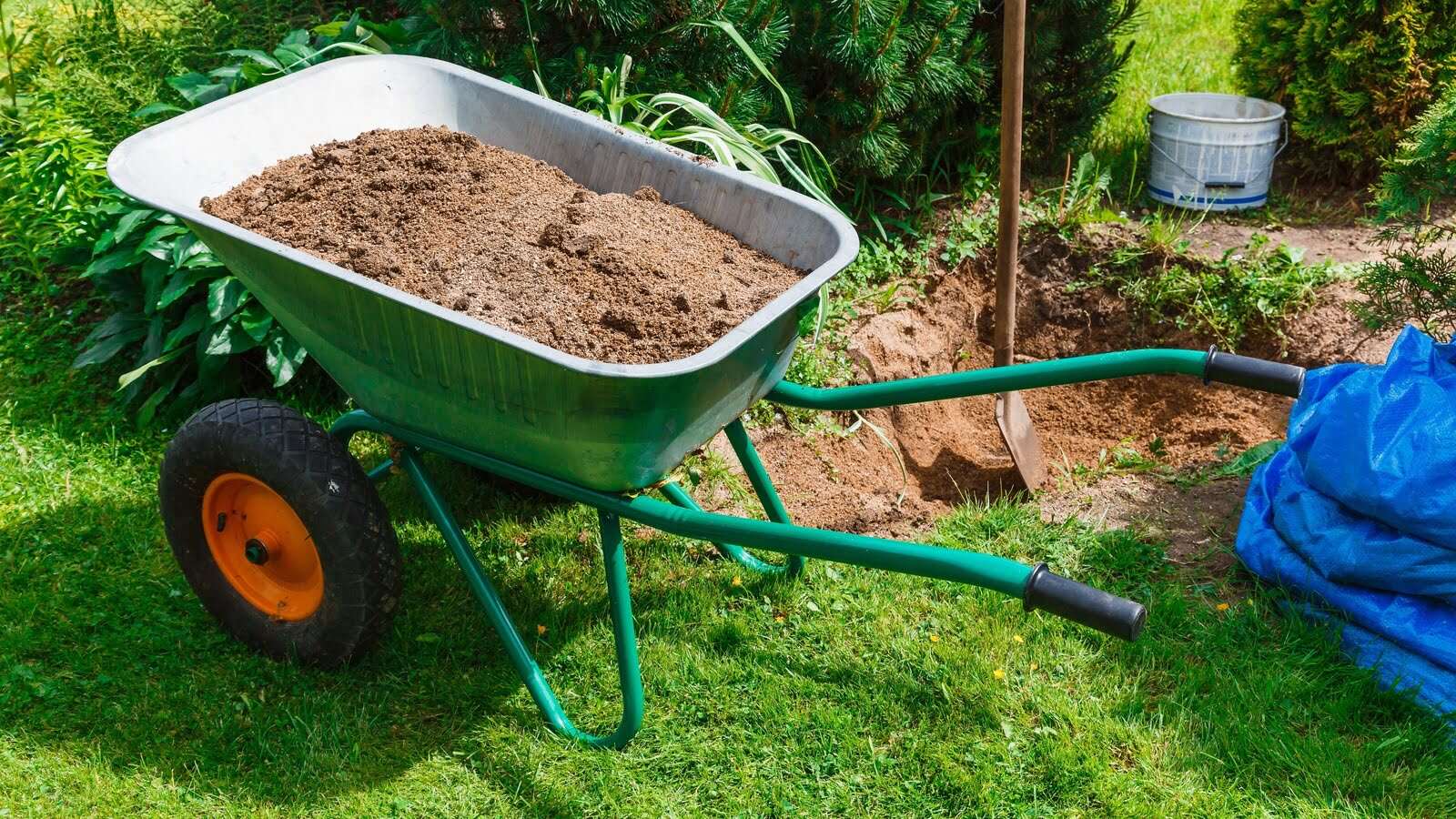
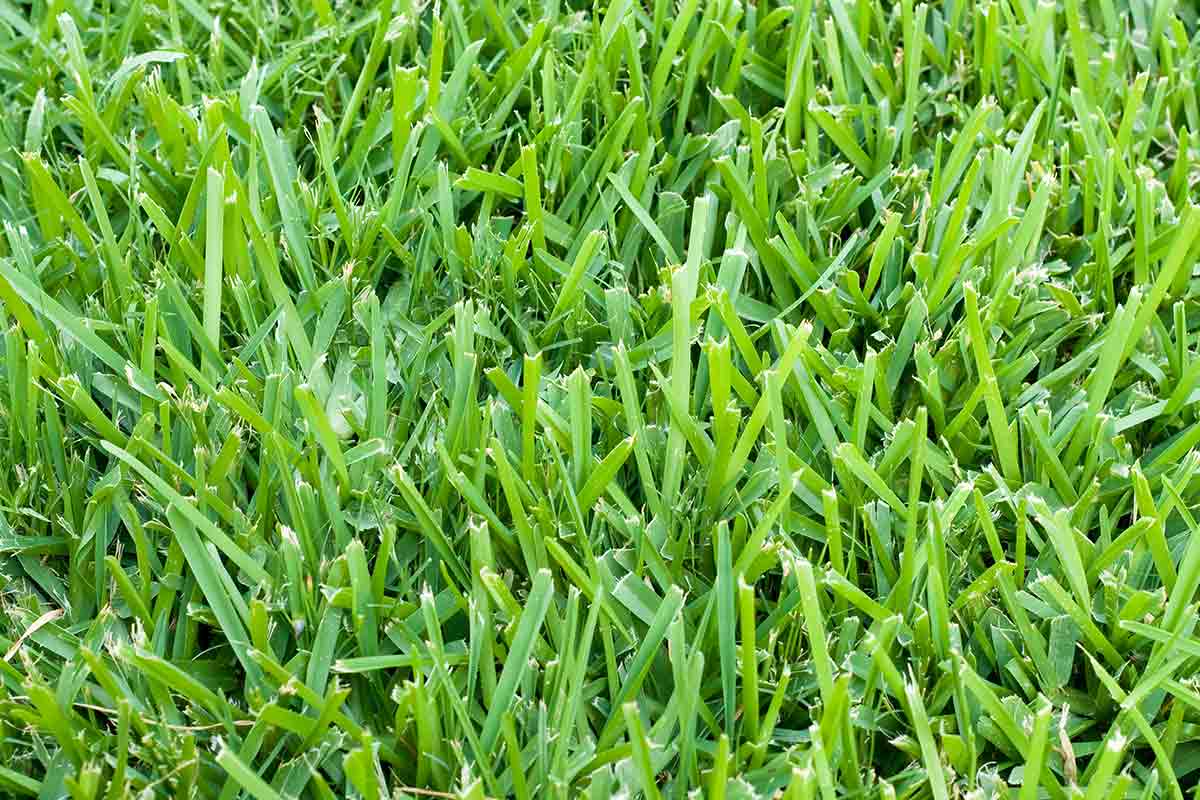
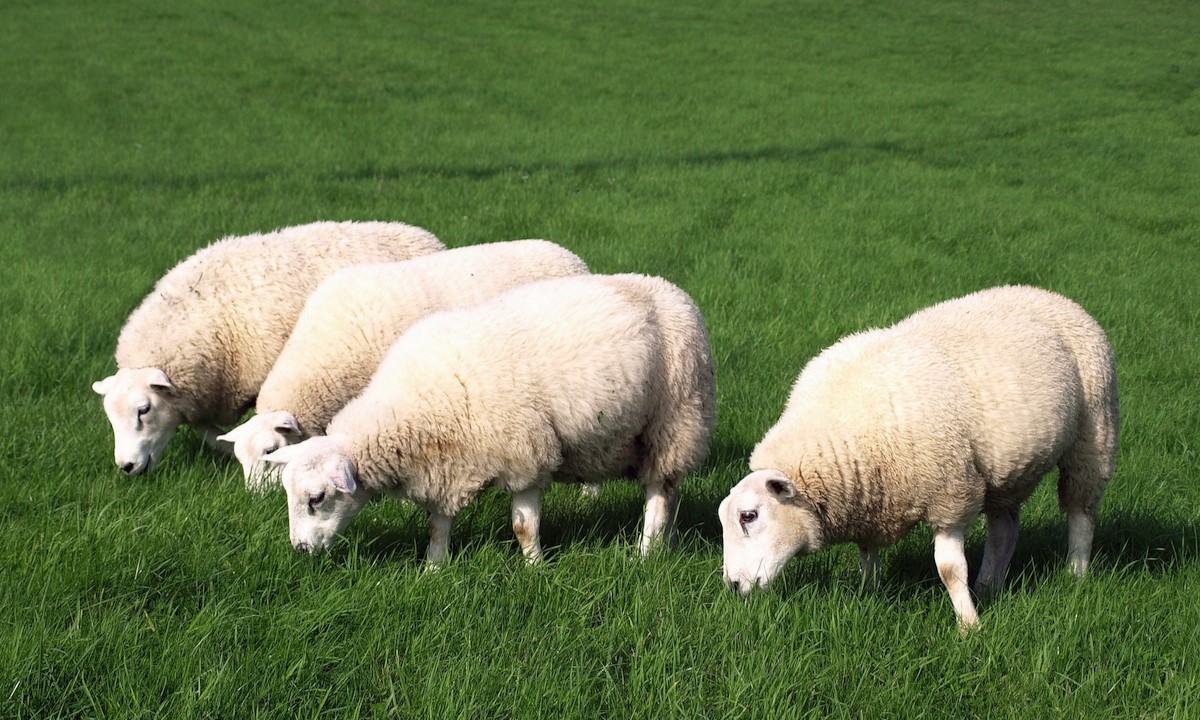
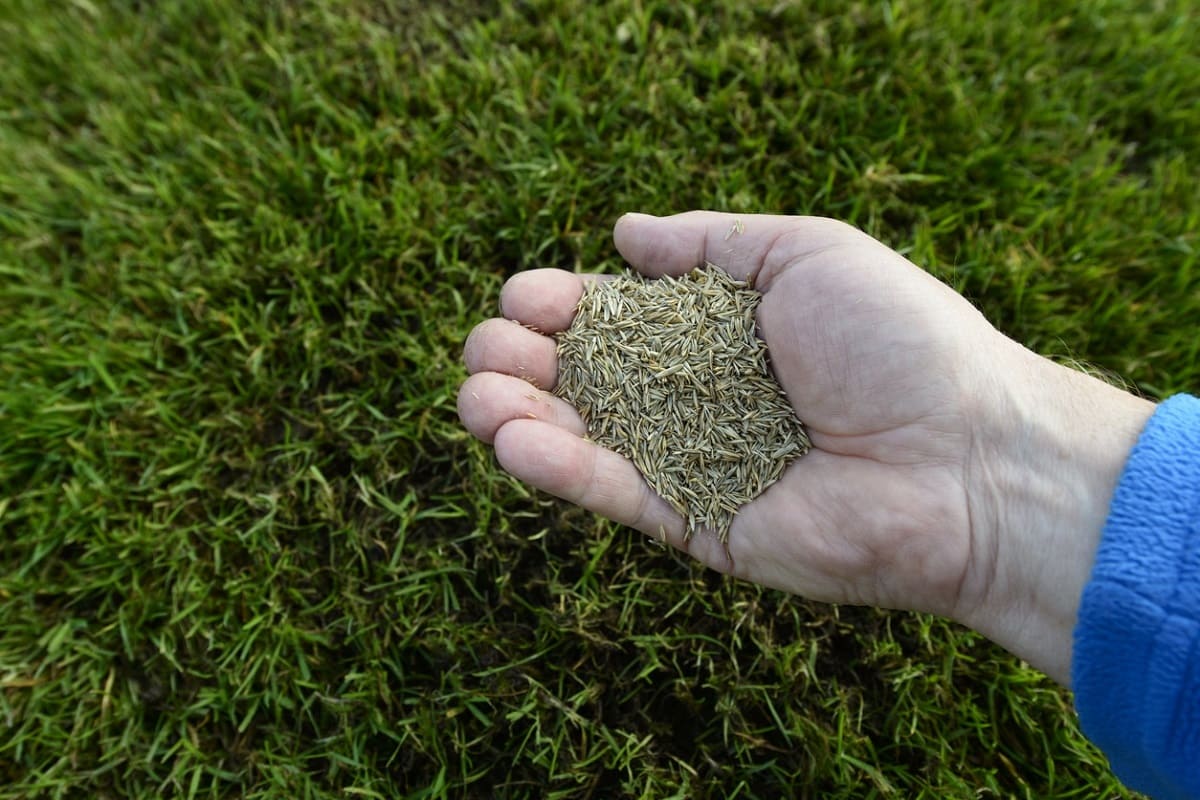
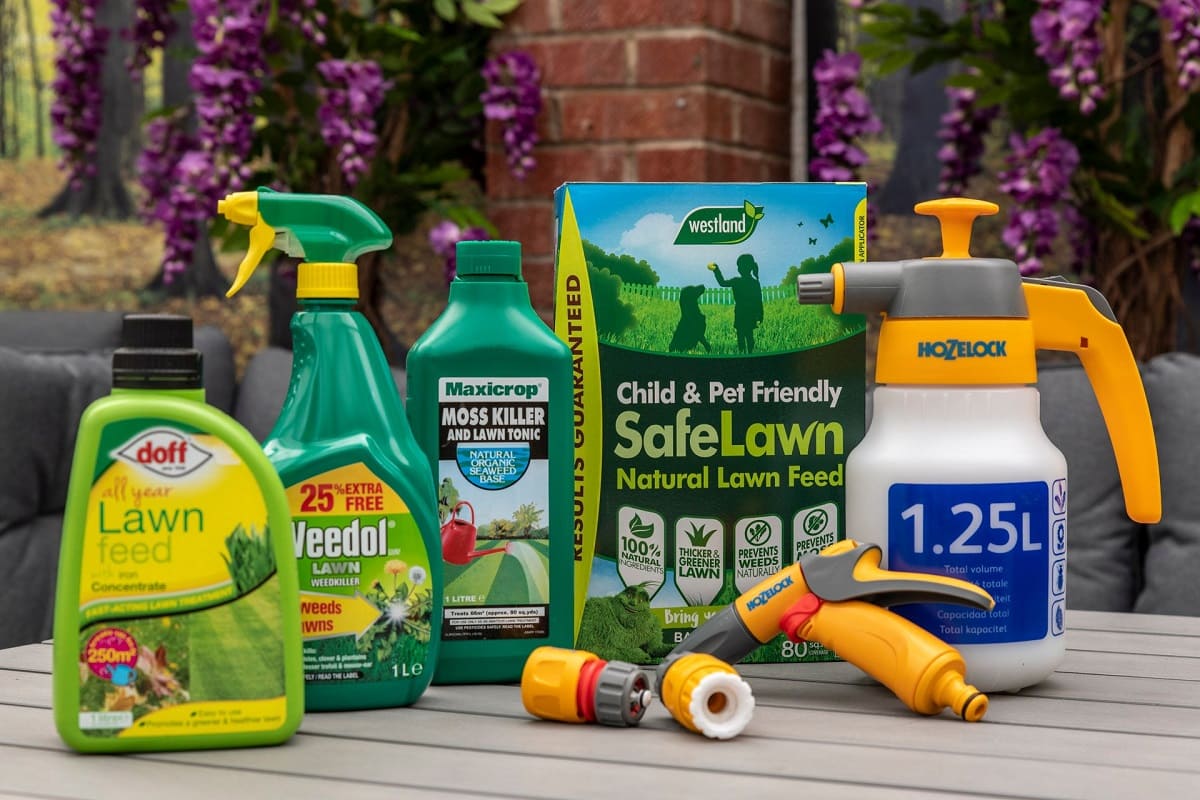
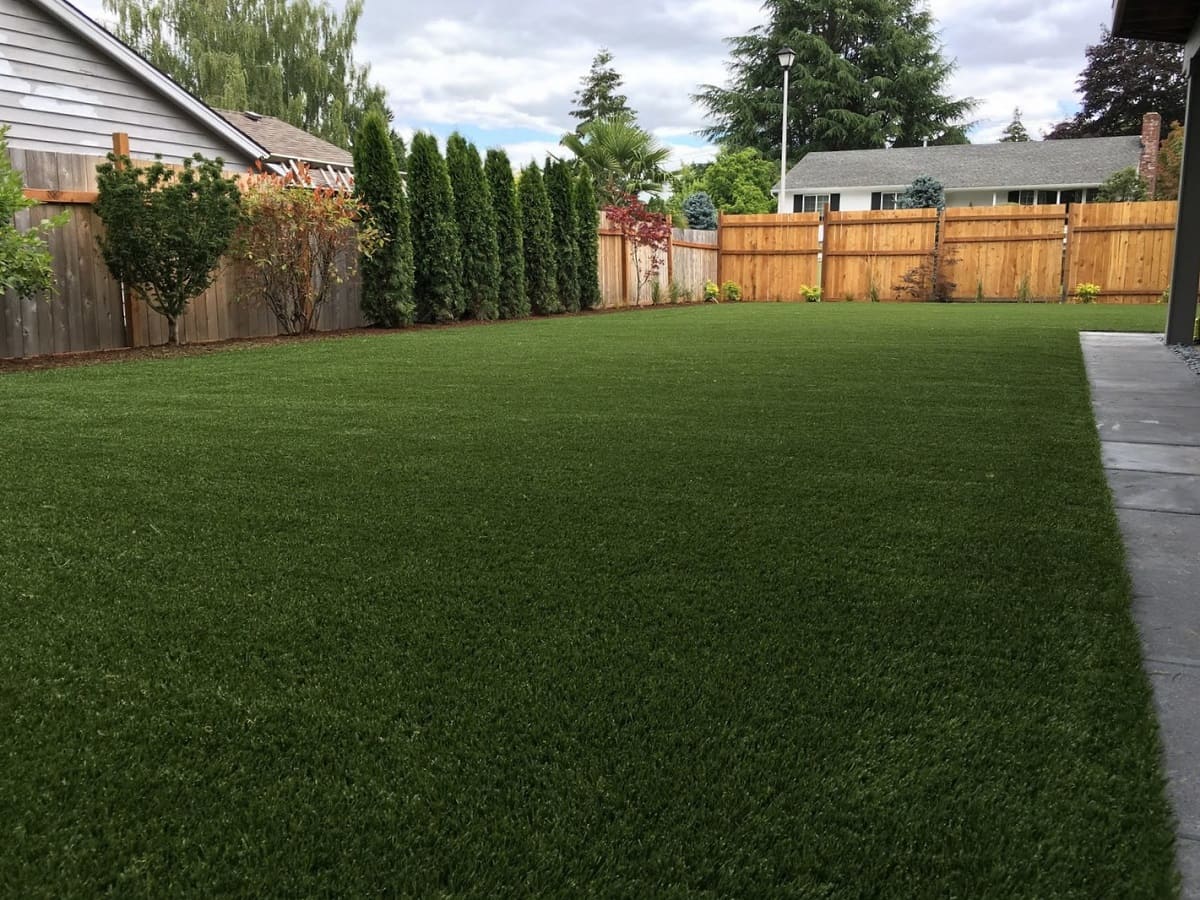
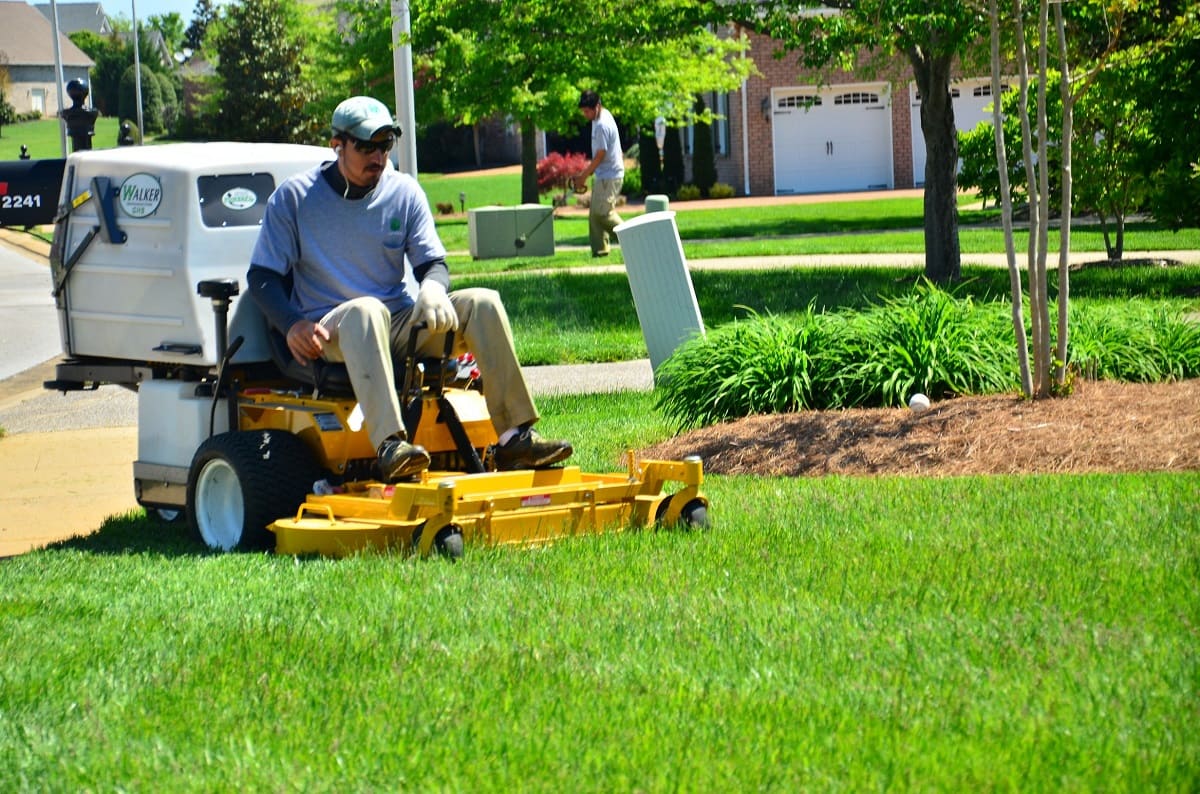
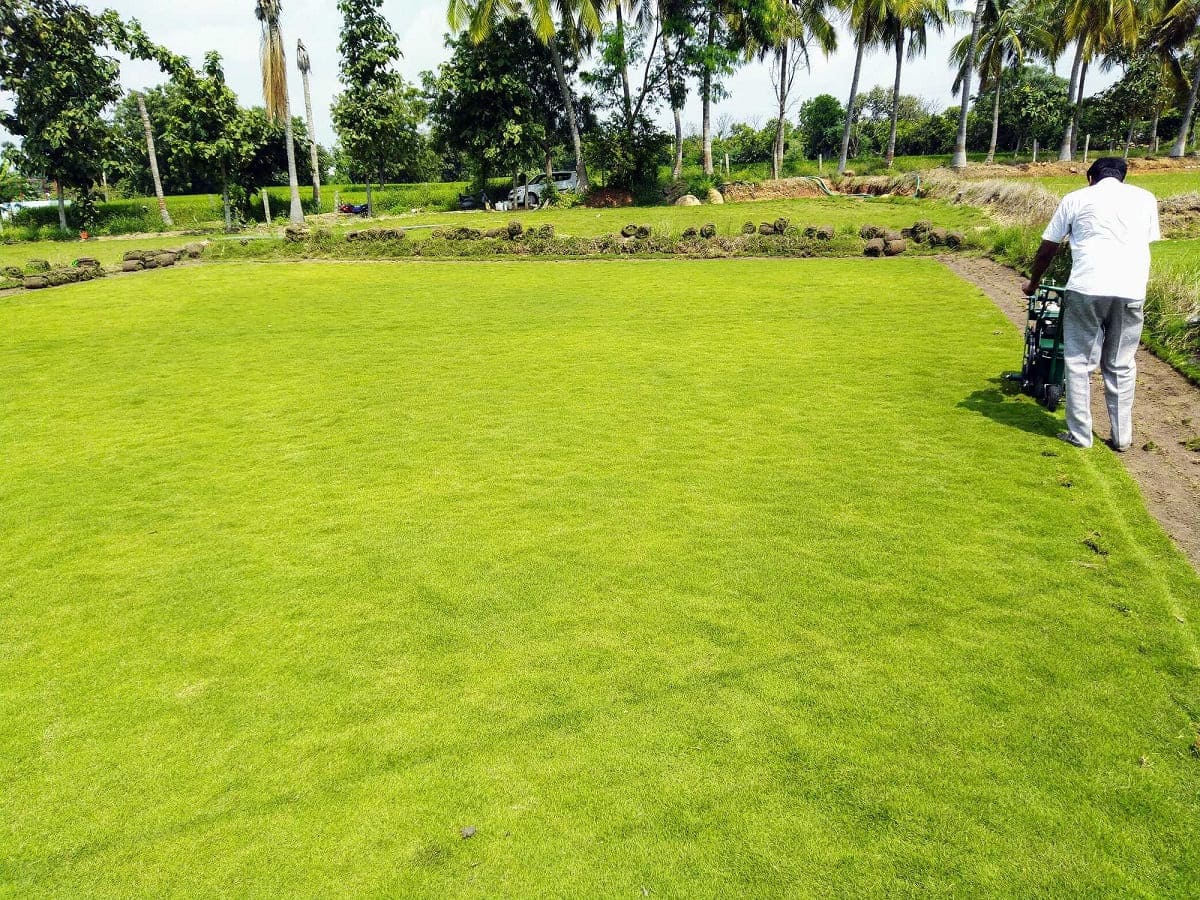
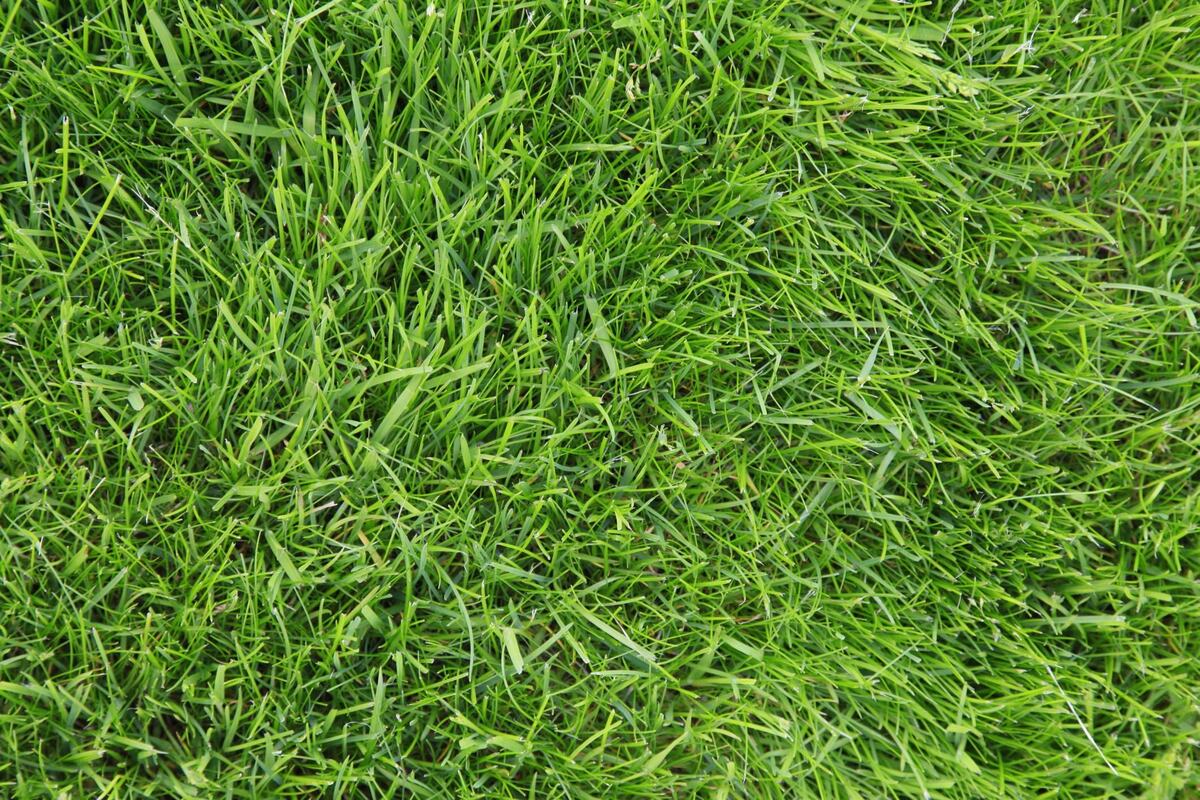
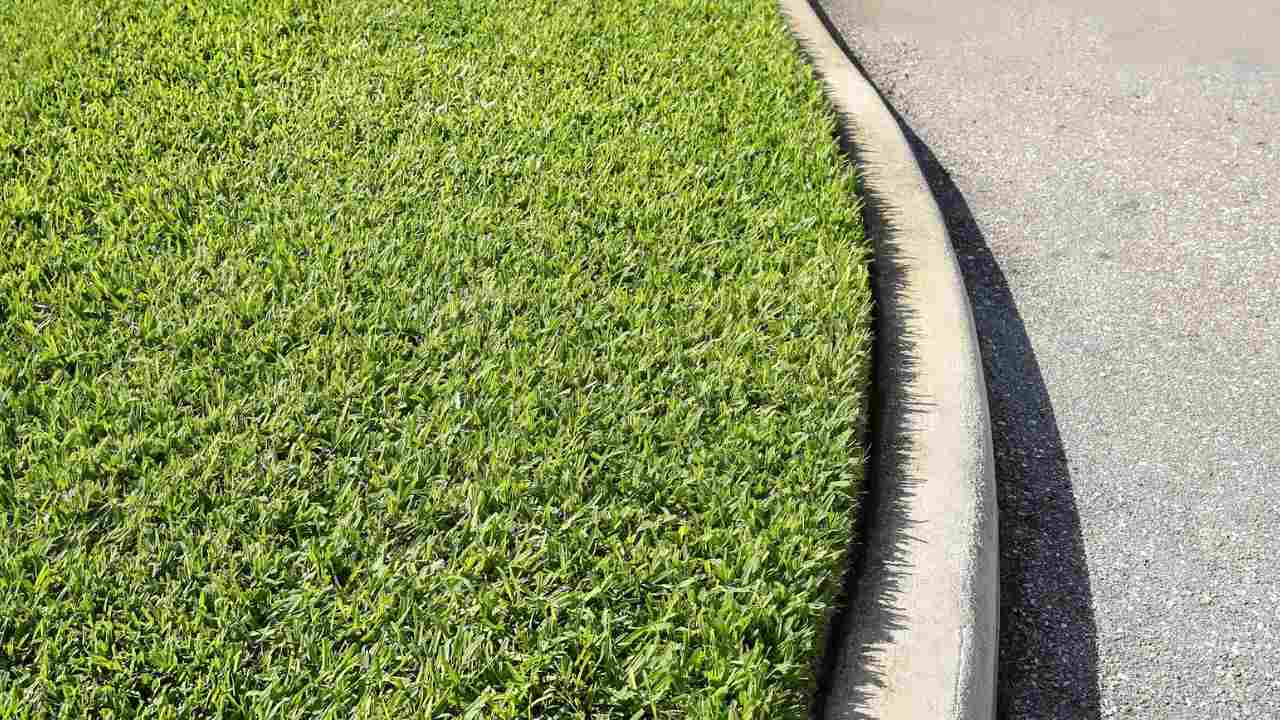
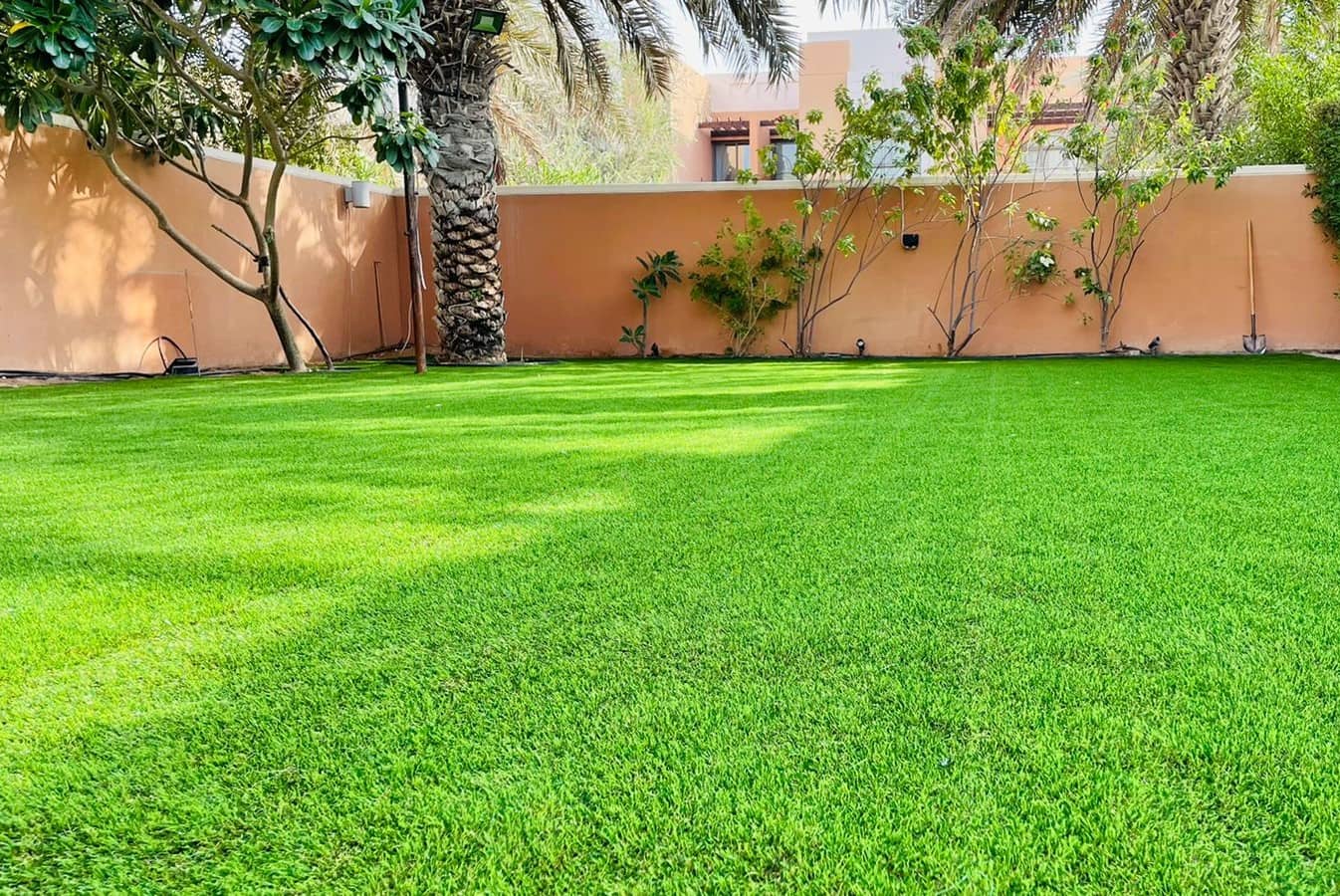
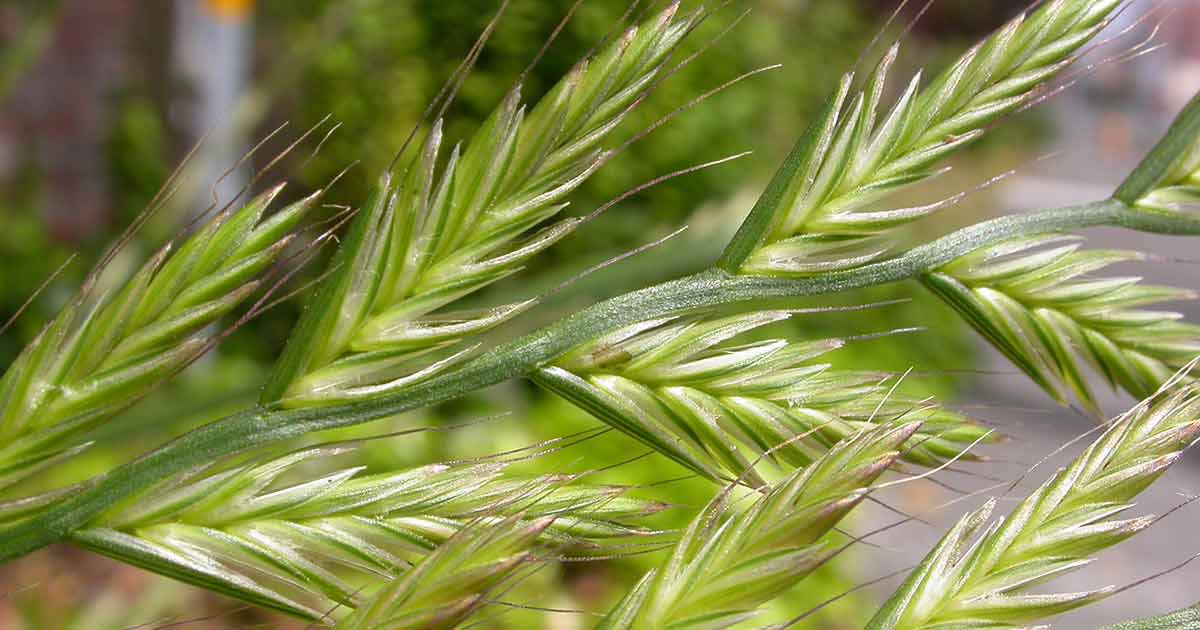


0 thoughts on “What Is The Best Type Of Grass For A Lawn”